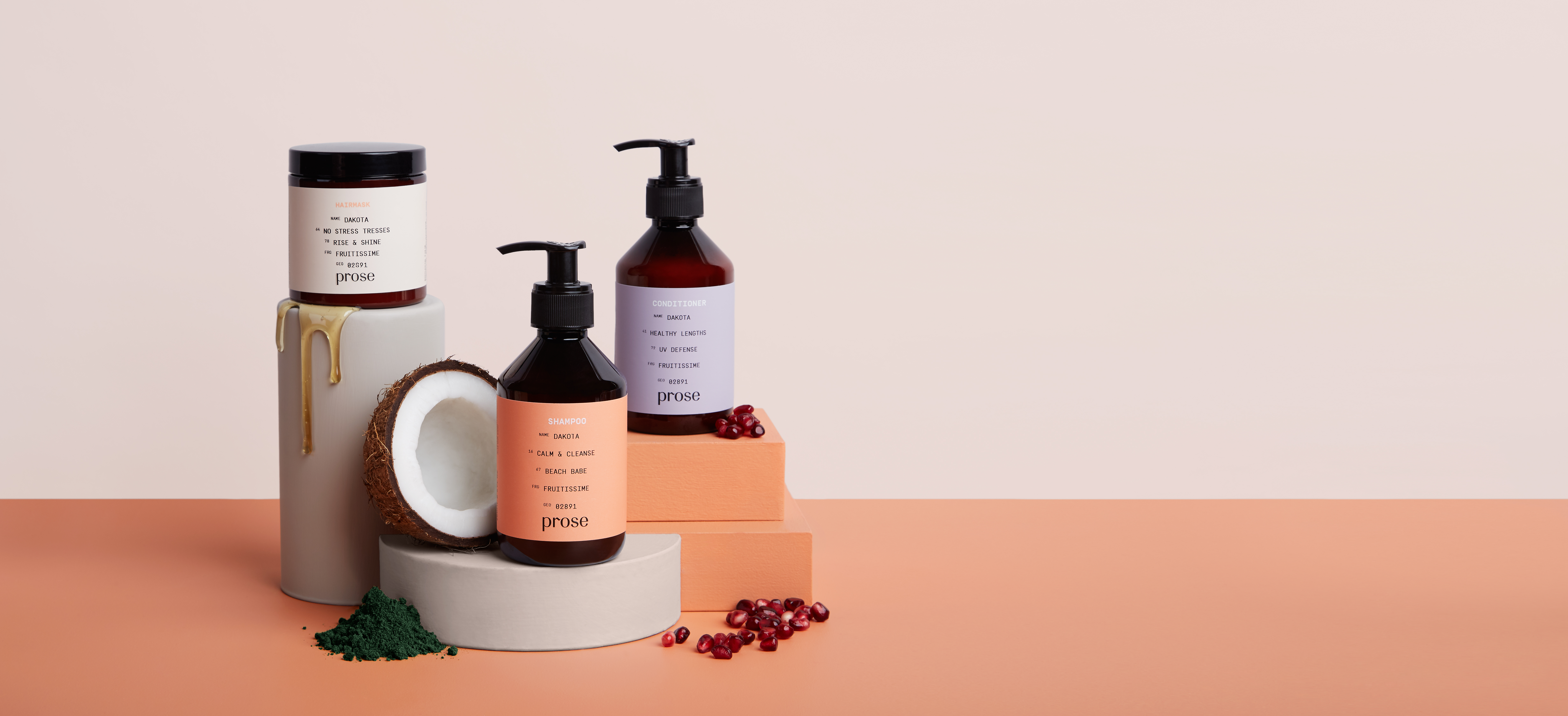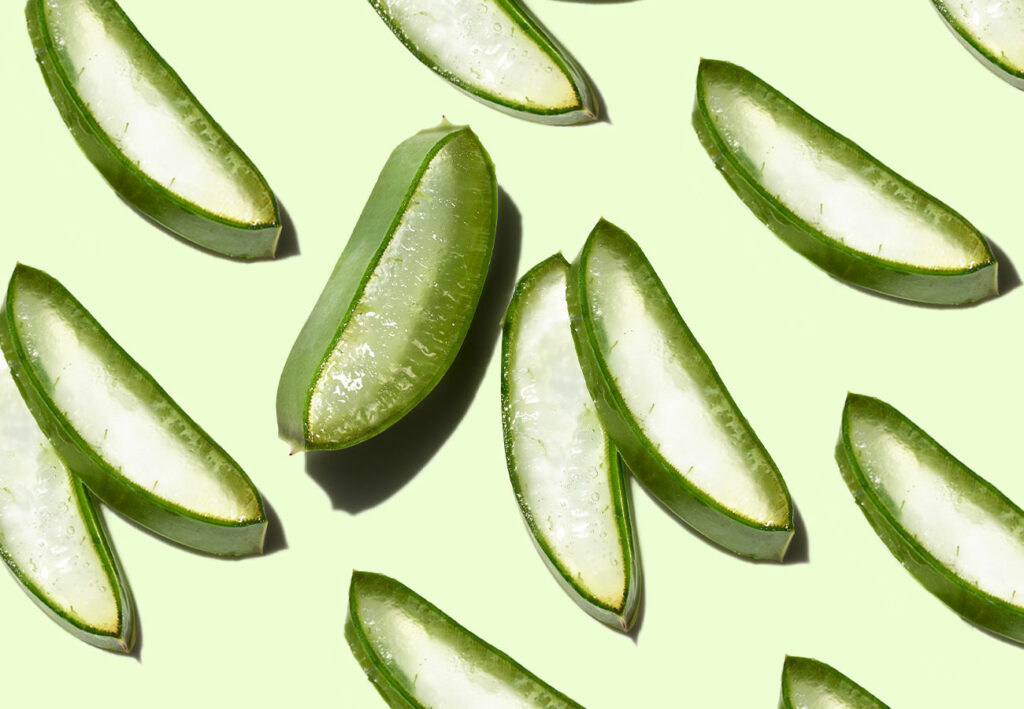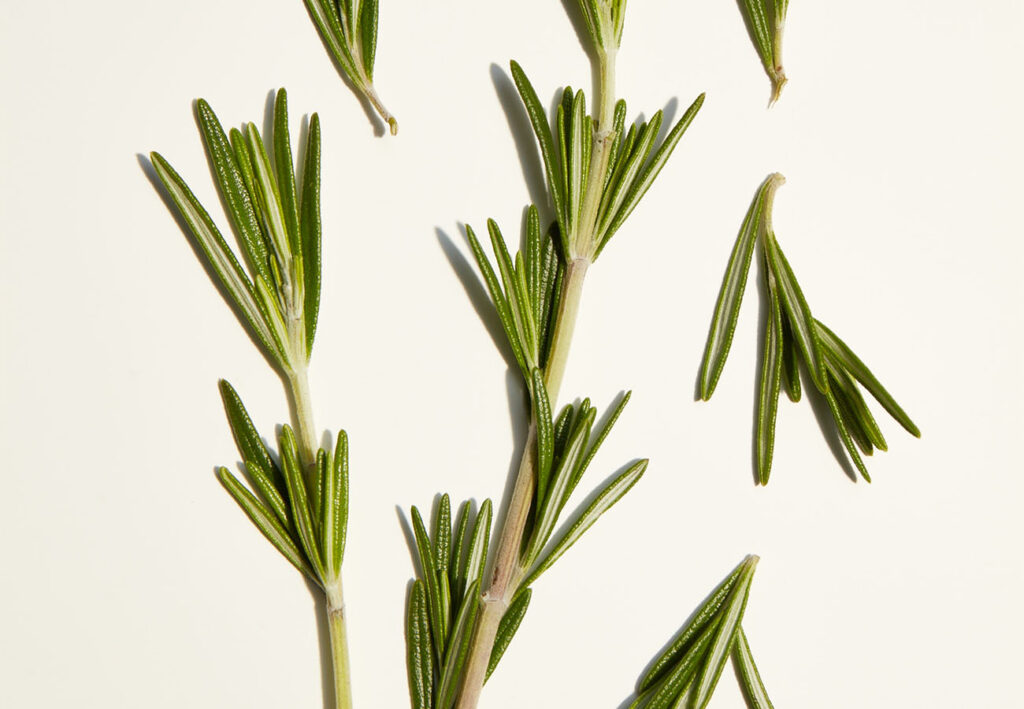What exactly are sulfates?
You’ve no doubt come across sulfates before if you buy off-the-shelf hair products.
Sulfates are chemicals used as cleansing agents in household cleaners, detergents and yes, even shampoos.
The two most common sulfates found in shampoos are sodium lauryl sulfate and sodium laureth sulfate. These create a lathering effect, removing traces of oil and dirt from your hair.
Once hailed as in-shower staples, sulfates have been gaining a bad rep over the past few years and there’s now a growing concern about the damage they’re causing.
Why should you avoid sulfates?
Firstly, the powerful cleaning credentials of sulfates strips hair of its essential natural oils like sebum which keeps strands moisturized and smooth. Over time, regular exposure to sulfates can leave hair dry and brittle.
If your scalp is particularly sensitive, it can cause some unwanted side-effects like irritation and dryness. If you suffer from a skin condition like eczema, sulfates are a big no-no.
Secondly, the heavy-duty cleansing power of sulfates can strip hair of dye, resulting in faster color fading. Your vibrant color will soon become dull and lifeless meaning you’re more likely to dye your hair more often, contributing to further damage.
If frizz is a point of frustration for you, bear in mind shampoos containing sulfates can also cause hair to become frizzier. How? By stripping hair of sebum each individual strand becomes separated from the one next to it, creating an untamed look.
How to master going sulfate-free
It’s time to ditch sulfates and make the switch to natural alternatives. Hair care formulas using natural active ingredients can give you even better results with zero damage.
Kale Leaf Extract can help regulate the production of sebum, the hair’s natural oil, to keep your locks and scalp moisturized without becoming greasy.
If you want to keep your colored hair vibrant for longer, try products containing Oat Kernel or Soybean Oil which restore hair proteins and lock-in moisture to hold on to color for longer.
To keep frizz at bay and have silky-soft locks all year round, try Algae Extract. This marine plant is a natural hair smoother even in extreme humidity, heat and cold. You’ll also benefit from improved results over time.
There are even some natural surfactants that can give you the sensation of suds without all the stripping. Sodium Lauroyl Methyl Isethionate is water-soluble and derived from coconuts. A foam booster found in amino acids, Sodium Lauroyl Sarcosinate, works as well and is often found in products like shaving foam and toothpaste.
It may take a few washes to get used to a sulfate-free regime because you won’t get the same lathering experience you’re used to. That’s why you need to be careful in your application to distribute the product evenly.
A stylist trick is to apply a thin layer of shampoo along the length of your middle finger, like applying toothpaste to a toothbrush, and placing this on your natural part after initially wetting your hair. Then, create a part on the opposite side and repeat the process.
To create a soapy effect, you’ll need to add more water and gently massage the shampoo into your scalp with your fingertips, making sure not to miss any areas. This will help the formula to run evenly through your hair and thoroughly clean any grime or excess oil along the way.
If you want stronger, healthier and more manageable hair, you won’t regret making the switch.
It takes a team of ingredients to deliver great results. Discover your best players by taking our consultation.





